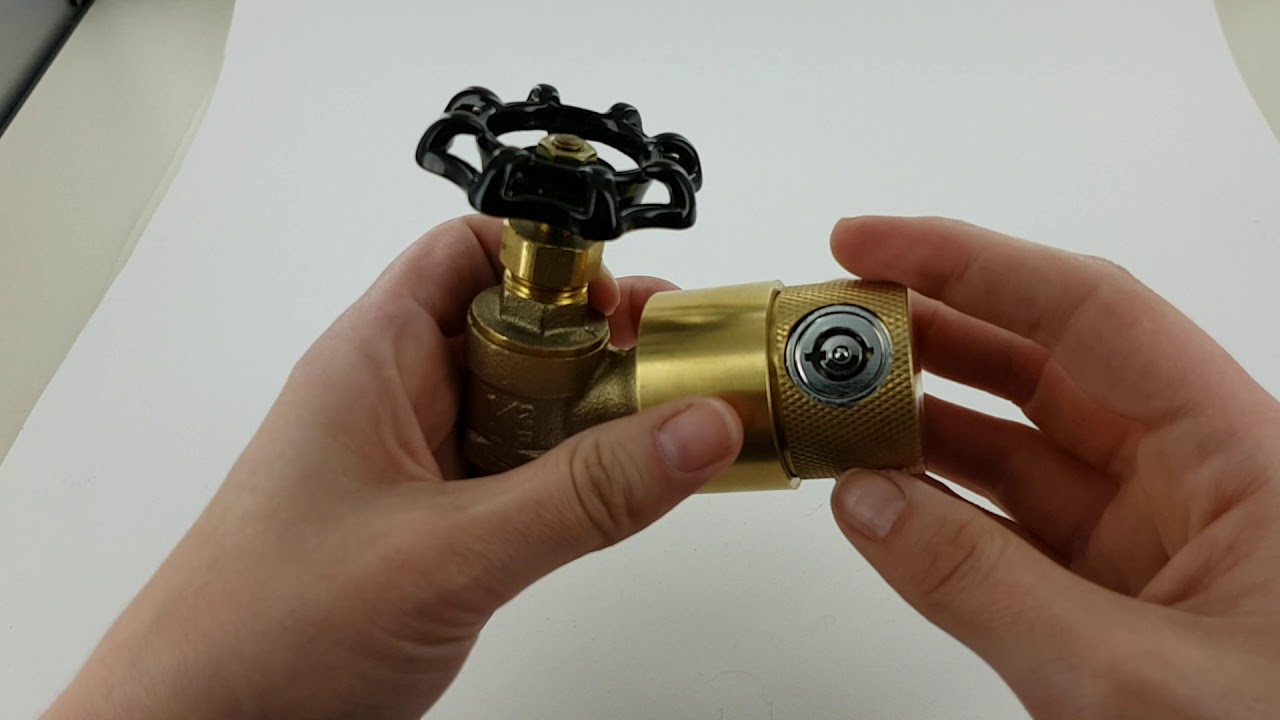

Articles
How To Lock An Outside Water Faucet
Modified: March 1, 2024
Learn essential tips and techniques in our informative articles on how to effectively lock and secure an outside water faucet for added protection and peace of mind.
(Many of the links in this article redirect to a specific reviewed product. Your purchase of these products through affiliate links helps to generate commission for Storables.com, at no extra cost. Learn more)
Introduction
Welcome to our guide on how to lock an outside water faucet! If you have an outdoor water faucet that you want to secure and protect from unauthorized use, it’s important to take the necessary steps to ensure its safety. Locking your outside water faucet can prevent vandalism, unauthorized water usage, and potential water damage. In this article, we will walk you through the process of locking an outside water faucet, step by step.
Before we dive into the steps, it’s essential to emphasize the importance of locking your outside water faucet. Leaving it unsecured can lead to various issues, such as water theft, excessive water usage, and potential damage to your property. By taking the time to properly lock your faucet, you can have peace of mind knowing that your water supply is protected.
Now let’s move on to the steps involved in locking an outside water faucet.
Key Takeaways:
- Protect your outdoor water faucet by gathering the right tools, locating the shut-off valve, and installing a durable lock. This ensures security, prevents water theft, and safeguards your property from potential damage.
- Enhance faucet security by testing the lock, inspecting it regularly, and considering additional measures like proper lighting and monitoring water usage. These steps provide peace of mind and minimize unauthorized access.
Step 1: Gather the necessary tools and materials
Before you begin, make sure you have all the required tools and materials for locking your outside water faucet. Having everything handy will make the process more efficient. Here’s a list of what you’ll need:
- A hose bib lock or faucet lock
- A set of pliers or adjustable wrench
- A lock and key
The hose bib lock or faucet lock is the main component that will secure your outside water faucet. It fits over the faucet and prevents others from accessing the water supply without a key. The set of pliers or adjustable wrench will be used to tighten and secure the lock in place. And of course, you’ll need a lock and key to secure the hose bib lock.
Make sure to choose a hose bib lock or faucet lock that is durable and weather-resistant. It should be able to withstand different weather conditions without rusting or deteriorating.
Once you have all the necessary tools and materials, you’re ready to move on to the next step: locating the water shut-off valve.
Step 2: Locate the water shut-off valve
Before you can lock your outside water faucet, it’s important to locate the water shut-off valve that controls the water supply to the faucet. This valve is typically located inside your home, basement, or utility room.
Start by checking the area closest to the faucet where the water line enters your home. Look for a valve or lever connected to the water line. It may be labeled as “water shut-off” or “main water supply.” In some cases, the valve may be located in a crawl space or outside your home near the foundation.
If you’re having trouble finding the shut-off valve, consult your home’s plumbing diagram or contact a professional plumber for assistance.
Locating the shut-off valve is important because you’ll need to turn it off to cut off the water supply before installing the hose bib lock. This step ensures that no water is flowing through the faucet while you work on securing it.
Once you’ve located the shut-off valve, make a mental note of its location or mark it for future reference. This will help you quickly access it when needed.
With the shut-off valve located, you’re now ready to move on to the next step: turning off the water supply.
Step 3: Turn off the water supply
Now that you’ve located the water shut-off valve, it’s time to turn off the water supply to the outside faucet. This step is crucial to prevent any water from flowing through the faucet while you install the hose bib lock.
Using either a lever or a clockwise turn, shut off the water supply by closing the water shut-off valve completely. This will ensure that no water is coming through the pipes and reaching the outside faucet.
After closing the shut-off valve, it’s a good idea to double-check that the water has stopped flowing. To do this, go to the outside faucet and turn it on. If no water comes out or the water flow is minimal, then you have successfully turned off the water supply.
Remember, it’s important to turn off the water supply before installing the hose bib lock to prevent any potential leaks or accidents.
Once you have confirmed that the water supply is turned off, you’re ready to move on to the next step: draining any remaining water from the faucet.
Step 4: Drain any remaining water
After turning off the water supply, it’s essential to drain any remaining water from the outside faucet. This step is important to prevent any water from freezing and causing damage during cold weather or creating pressure build-up after installing the hose bib lock.
To drain the water, start by opening the outside faucet fully. This will allow any water trapped in the pipes to flow out. Let the faucet run until the water stops flowing completely. In some cases, there may be a small amount of water left in the pipes, which is normal. Just ensure that the flow is minimal or stopped.
If you live in an area with freezing temperatures, it’s a good idea to disconnect any hoses or attachments connected to the faucet. This will prevent them from freezing and potentially causing damage.
Additionally, if your outside faucet has a drainage cap or valve, open it to release any water that may be trapped in the faucet itself. This will help ensure that there is no water left in the system.
By draining any remaining water, you’re taking an extra precaution to protect your outside faucet and prevent any potential issues in the future.
Once you have drained the water, you’re ready to move on to the next step: installing the hose bib lock.
To lock an outside water faucet, install a faucet lock or cover it with a faucet cover to prevent unauthorized use and protect it from freezing temperatures.
Read more: How To Insulate Outside Faucet
Step 5: Install a hose bib lock
Now that you have turned off the water supply and drained any remaining water from the outside faucet, it’s time to install the hose bib lock. This lock will secure the faucet and prevent unauthorized usage.
Begin by placing the hose bib lock over the faucet, ensuring that it fits snugly. The lock should cover the entire faucet and secure it in place, making it impossible to turn on the water without a key.
Next, use a set of pliers or an adjustable wrench to tighten the lock onto the faucet. Make sure to tighten it securely, but be careful not to overtighten and damage the lock or the faucet.
Once the hose bib lock is properly installed, test it by trying to turn on the water. It should remain securely locked, preventing any water from flowing.
It’s important to choose a durable and weather-resistant hose bib lock that can withstand different weather conditions. Look for one made of sturdy materials like brass or stainless steel, as they offer better longevity and security.
Remember to keep the key in a safe and accessible place so that you can easily unlock the faucet for your own use whenever needed.
With the hose bib lock installed and tested, you’re almost done securing your outside water faucet. The next step will cover some additional tips and precautions to consider.
Step 6: Test the lock
After installing the hose bib lock, it’s crucial to test it to ensure that it is properly securing your outside water faucet. Testing the lock will give you peace of mind knowing that unauthorized individuals cannot access your water supply.
To test the lock, try to turn on the water from the outside faucet. You should notice that the faucet remains locked and no water flows through. If the lock holds up and prevents water from flowing, then you have successfully secured your outside water faucet.
While testing the lock, pay attention to any signs of potential leaks or loose fittings. Ensure that the lock is tightened securely without damaging the faucet or the lock itself.
If you encounter any issues during the testing process, such as a leak or the lock not holding up, double-check the installation and make any necessary adjustments. It’s important to address any problems immediately to ensure the effective security of your outside water faucet.
By testing the lock, you can have confidence that your outside water faucet is well-protected, and you can prevent unauthorized access to your water supply.
With the lock successfully tested, you’re ready to move on to the final step: additional tips and precautions.
Step 7: Additional tips and precautions
While locking your outside water faucet is an effective way to secure it, there are a few additional tips and precautions you should consider to ensure its continued protection. Here are some important points to keep in mind:
- Regularly inspect the lock: Periodically check the hose bib lock to make sure it is still securely fastened. Over time, weather conditions and general wear and tear can loosen the lock. Tighten it if necessary or replace it with a new one if it shows signs of damage.
- Keep the area well-lit: Install proper lighting around the outside faucet area to deter potential intruders. A well-lit area acts as an effective deterrent and makes it less likely that someone will attempt to tamper with the lock.
- Monitor water usage: Keep an eye on your water bills and usage to detect any sudden or unexplained spikes. This can indicate unauthorized water usage or a problem with the lock. If you notice any irregularities, investigate them promptly.
- Consider a security camera: Installing a security camera near the outside faucet can provide an added layer of protection. Not only will it help deter potential vandals, but it can also capture any suspicious activity for evidence if needed.
- Inform trusted individuals: Make sure to inform trusted individuals, such as family members or trusted neighbors, about the installation of the lock. This way, they will know how to access the water supply if necessary.
By following these additional tips and precautions, you can enhance the security of your outside water faucet and minimize the risk of unauthorized usage or damage.
Now that you’re familiar with all the necessary steps, tips, and precautions, you can confidently lock your outside water faucet and enjoy the peace of mind it brings.
Conclusion
Securing your outside water faucet is an important step towards protecting your water supply from unauthorized usage and potential damage. By following the step-by-step guide outlined in this article, you can successfully lock your outside water faucet and ensure its safety.
Starting with gathering the necessary tools and materials, such as a hose bib lock, pliers or an adjustable wrench, and a lock and key, you’ll be well-prepared to proceed with the installation.
Locating the water shut-off valve and turning off the water supply are crucial steps to prevent any water flow while working on securing the faucet. Draining any remaining water from the faucet further safeguards against freezing or pressure build-up.
Installing a hose bib lock provides the necessary security, and testing it ensures that it effectively prevents unauthorized access to your water supply. Remember to regularly inspect and maintain the lock for optimal performance.
Additional tips and precautions, including proper lighting, monitoring water usage, and considering a security camera, can further enhance the protection of your outside water faucet. Informing trusted individuals about the lock installation ensures that they are aware of how to access the water if needed.
By taking these steps and implementing these measures, you can enjoy peace of mind knowing that your outside water faucet is well-secured and protected.
Remember, securing your outside water faucet is not only essential for preventing unauthorized water usage but also helps conserve water and protect your property from potential damage. Invest the time and effort into properly locking your outside water faucet, and you’ll reap the benefits of a secure and well-maintained water supply.
Frequently Asked Questions about How To Lock An Outside Water Faucet
Was this page helpful?
At Storables.com, we guarantee accurate and reliable information. Our content, validated by Expert Board Contributors, is crafted following stringent Editorial Policies. We're committed to providing you with well-researched, expert-backed insights for all your informational needs.
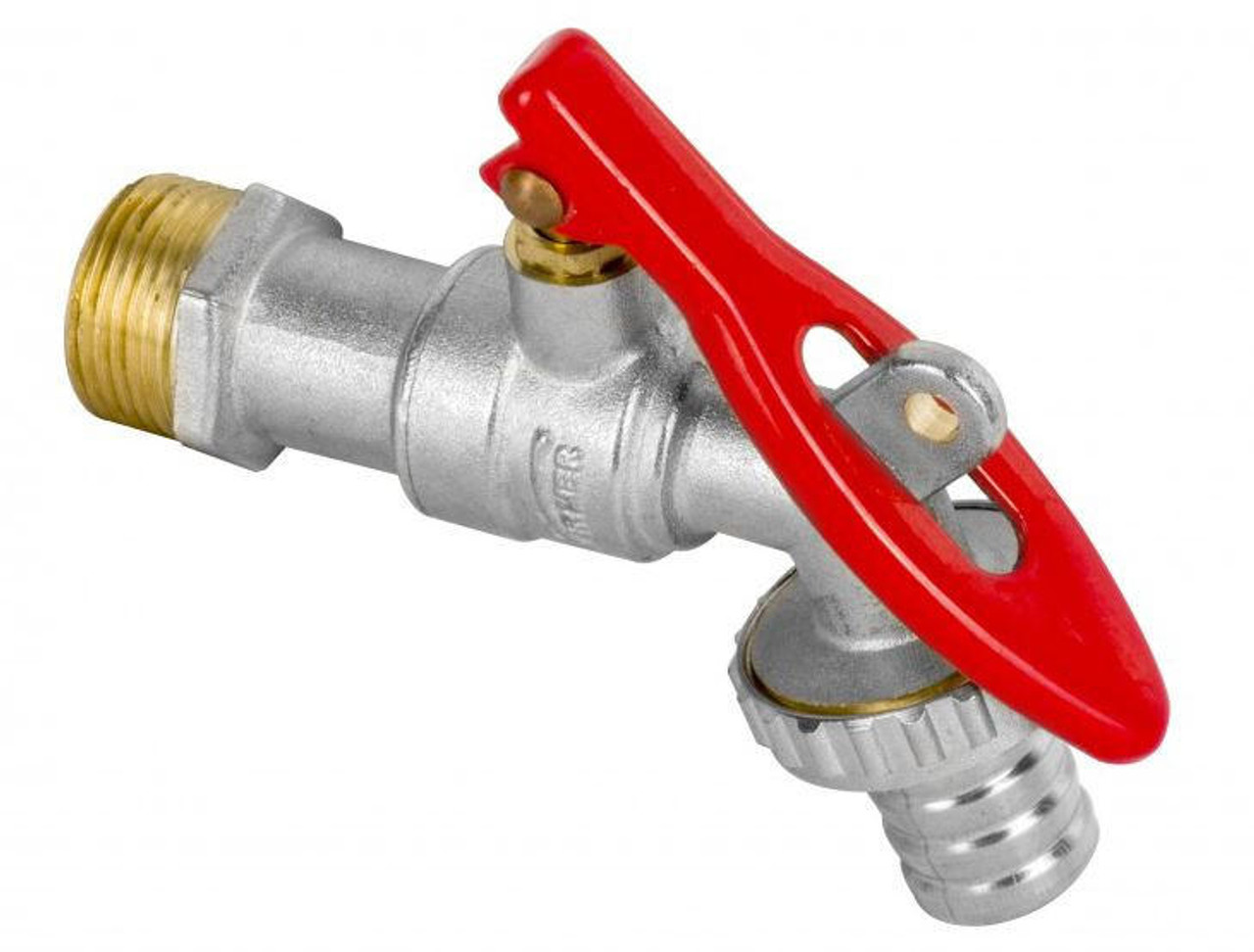
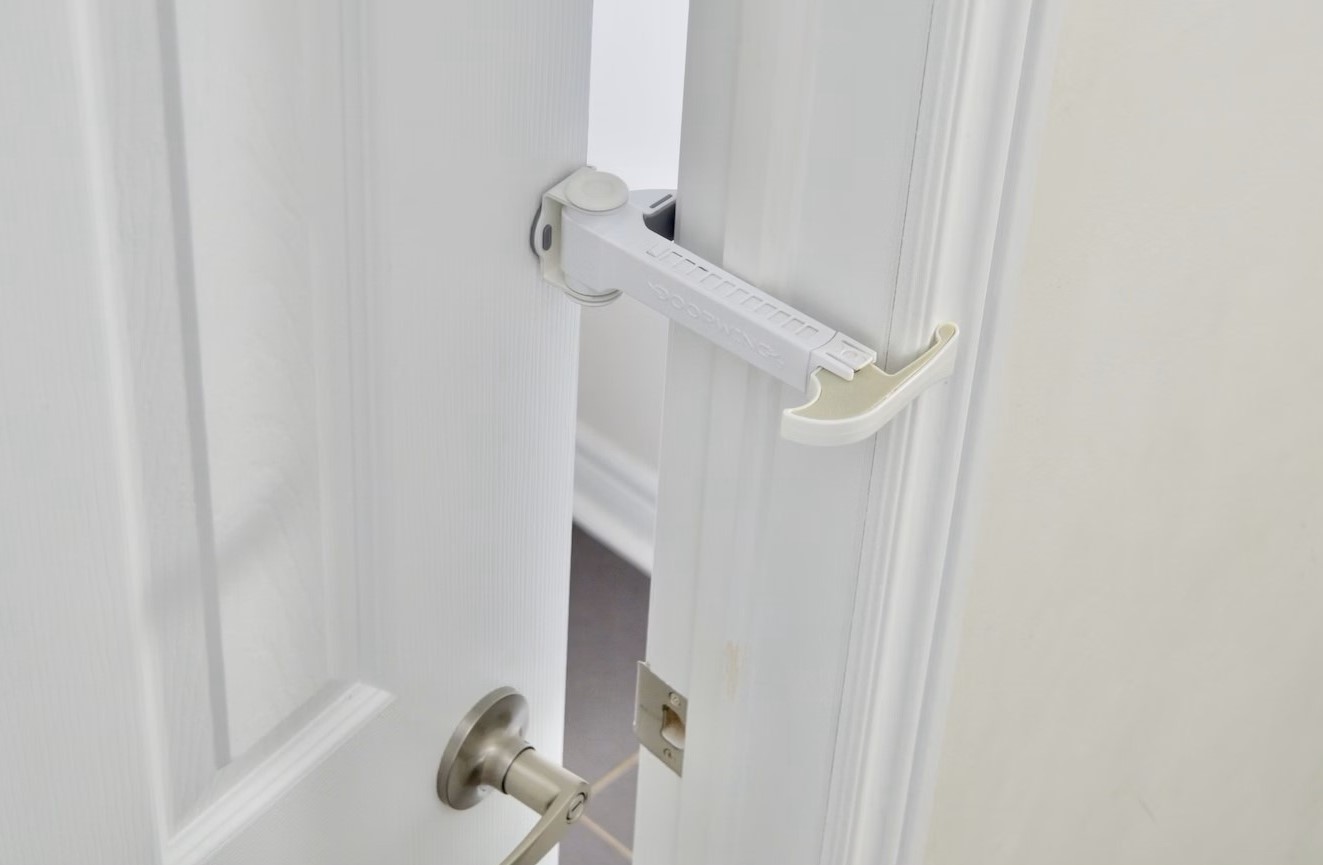
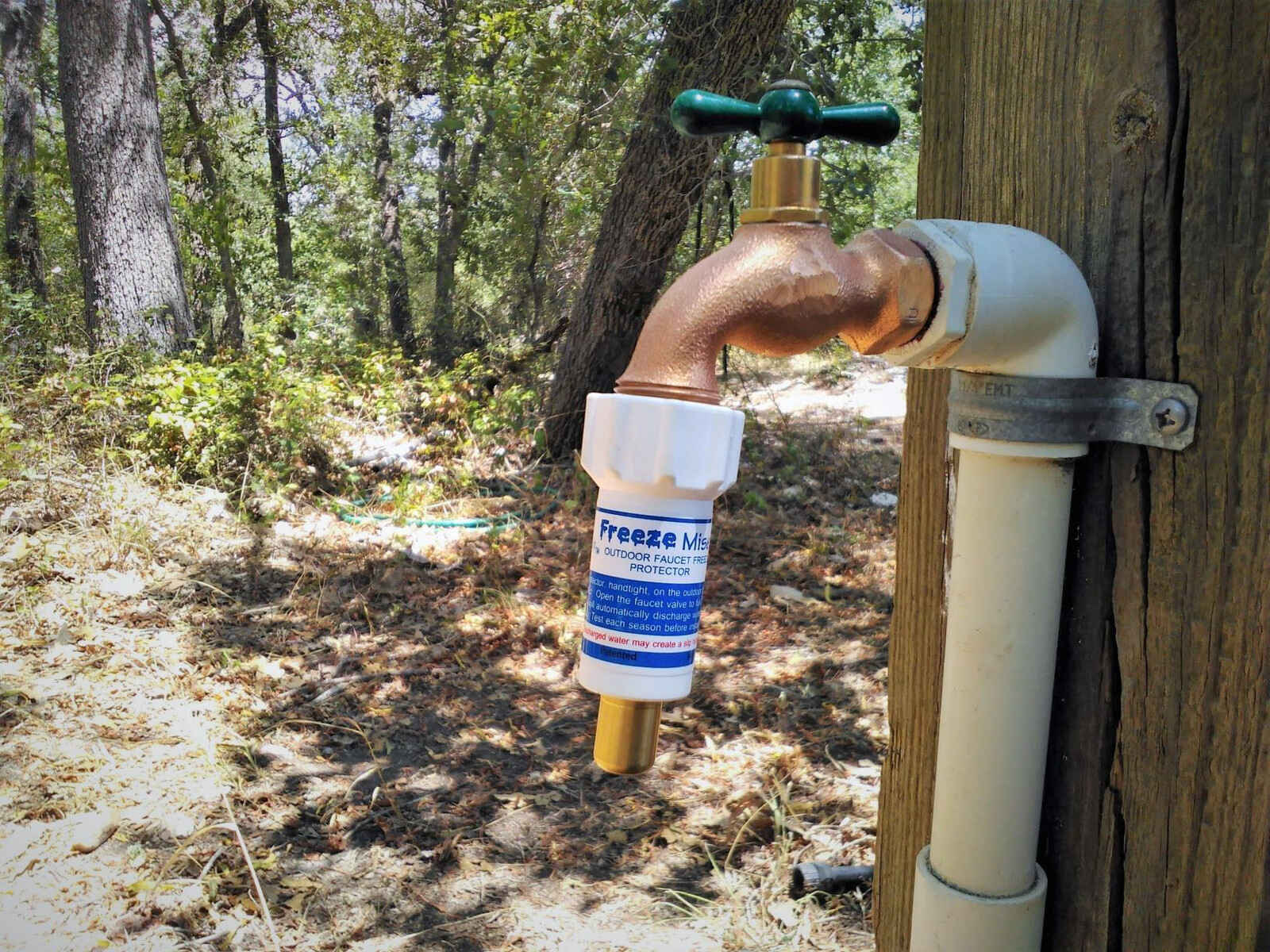
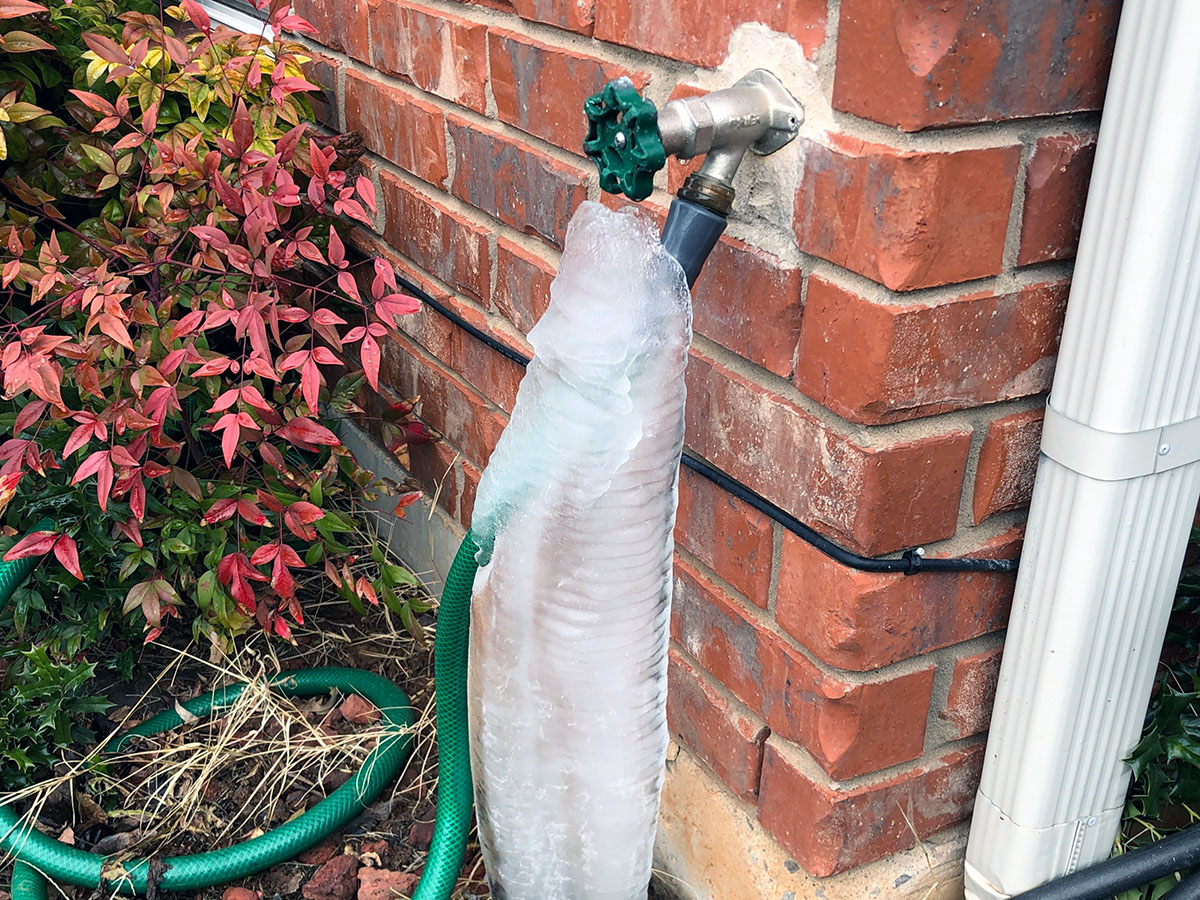
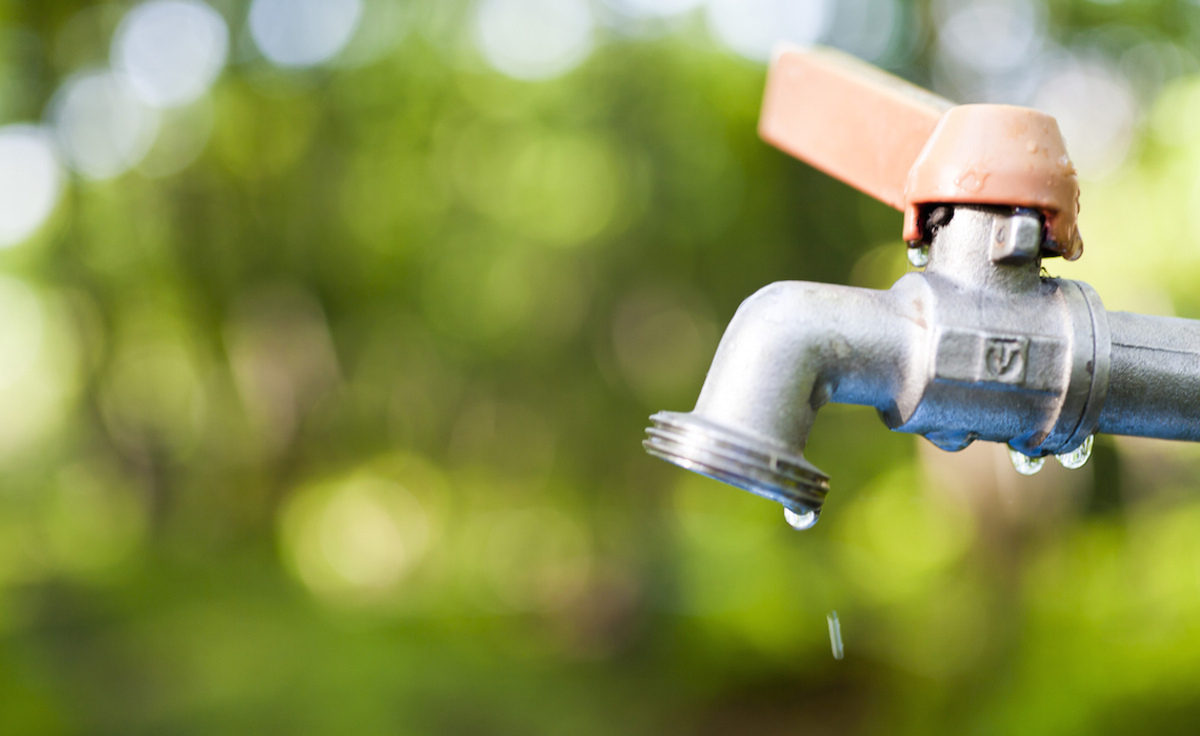
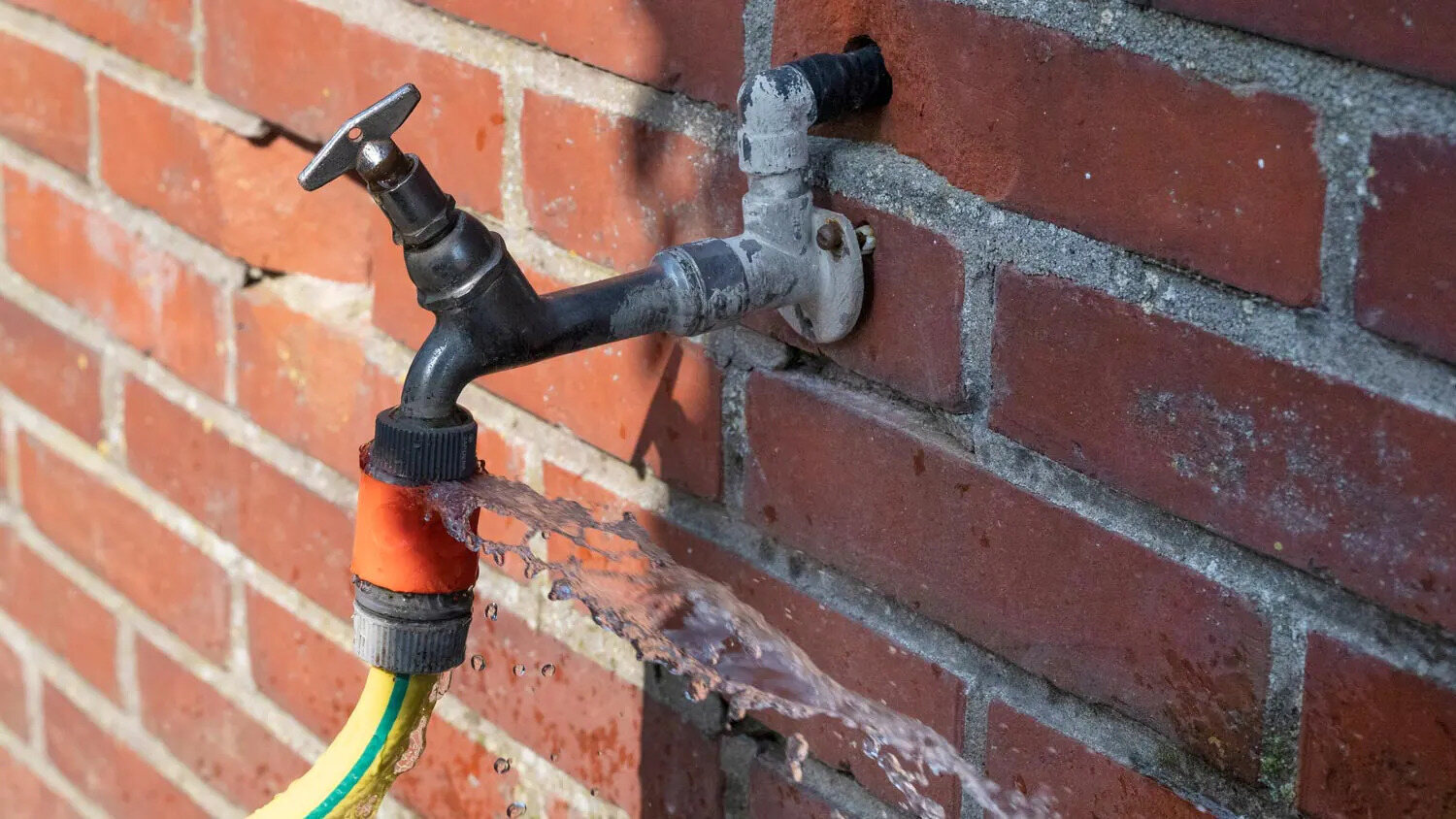
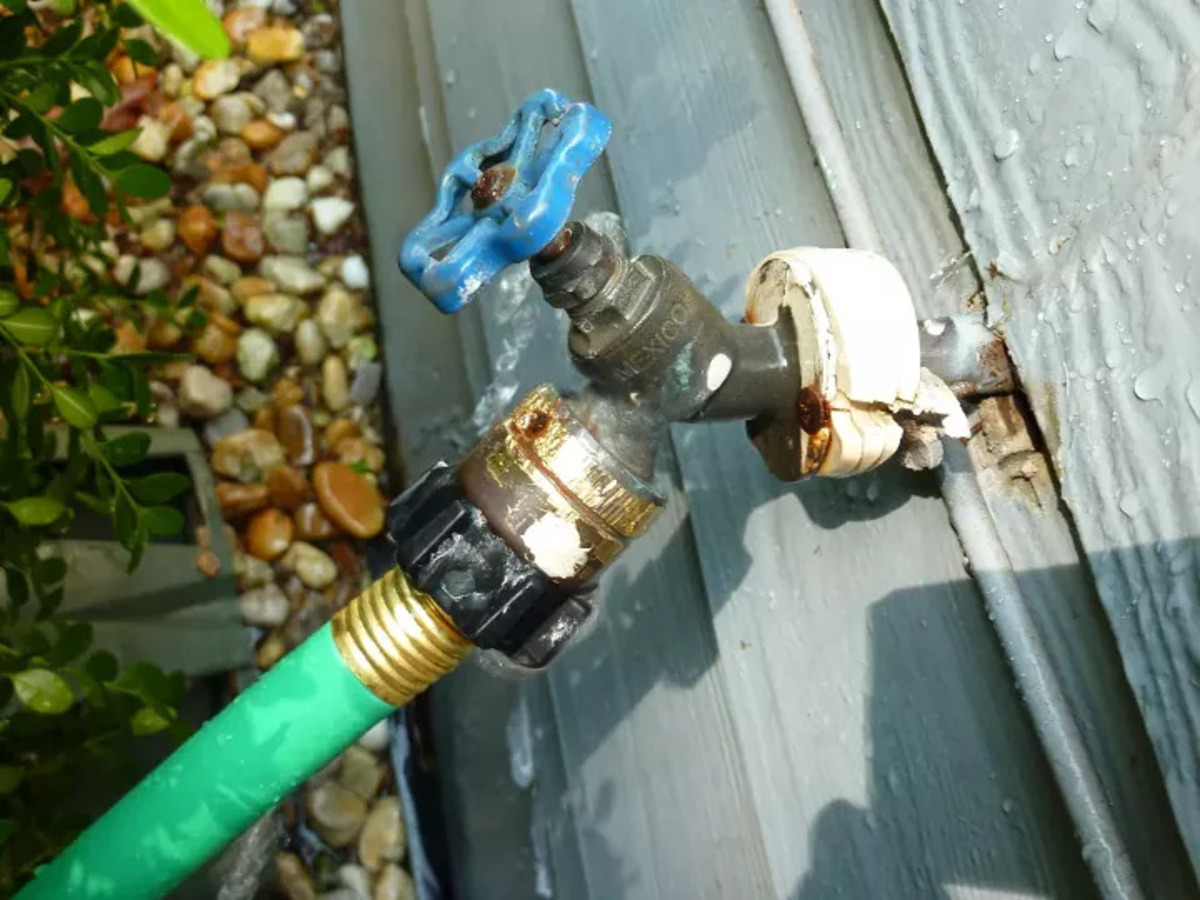
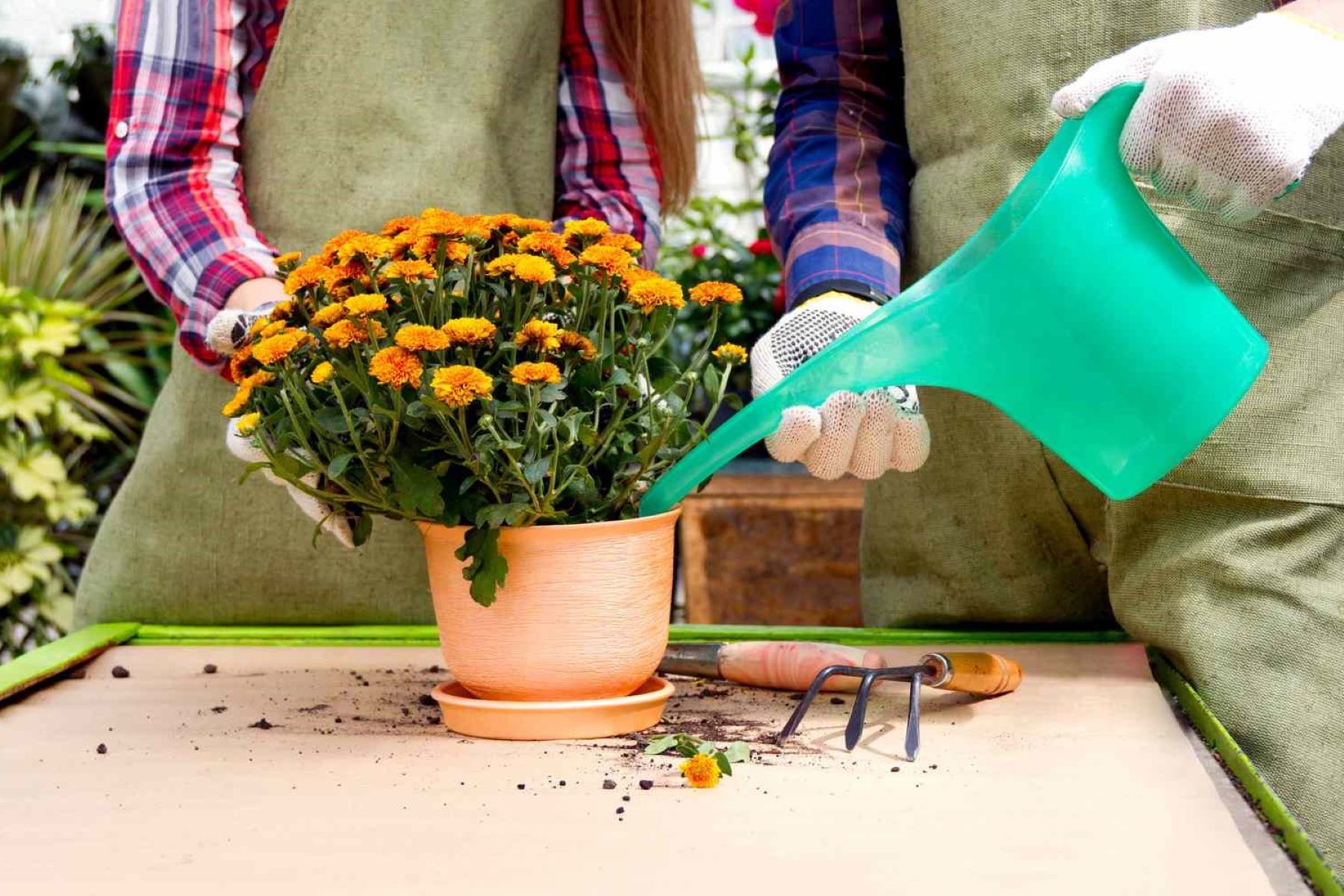
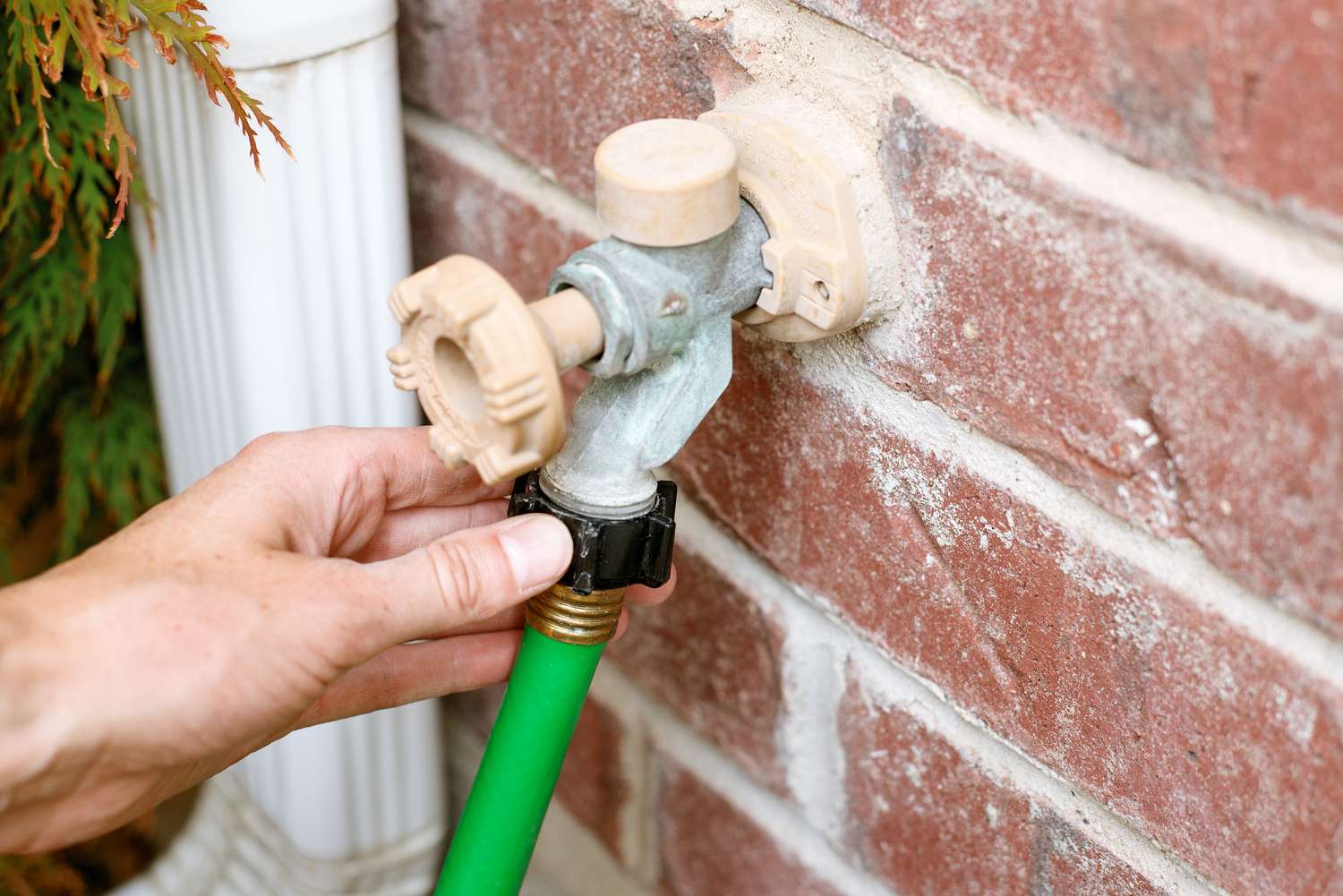
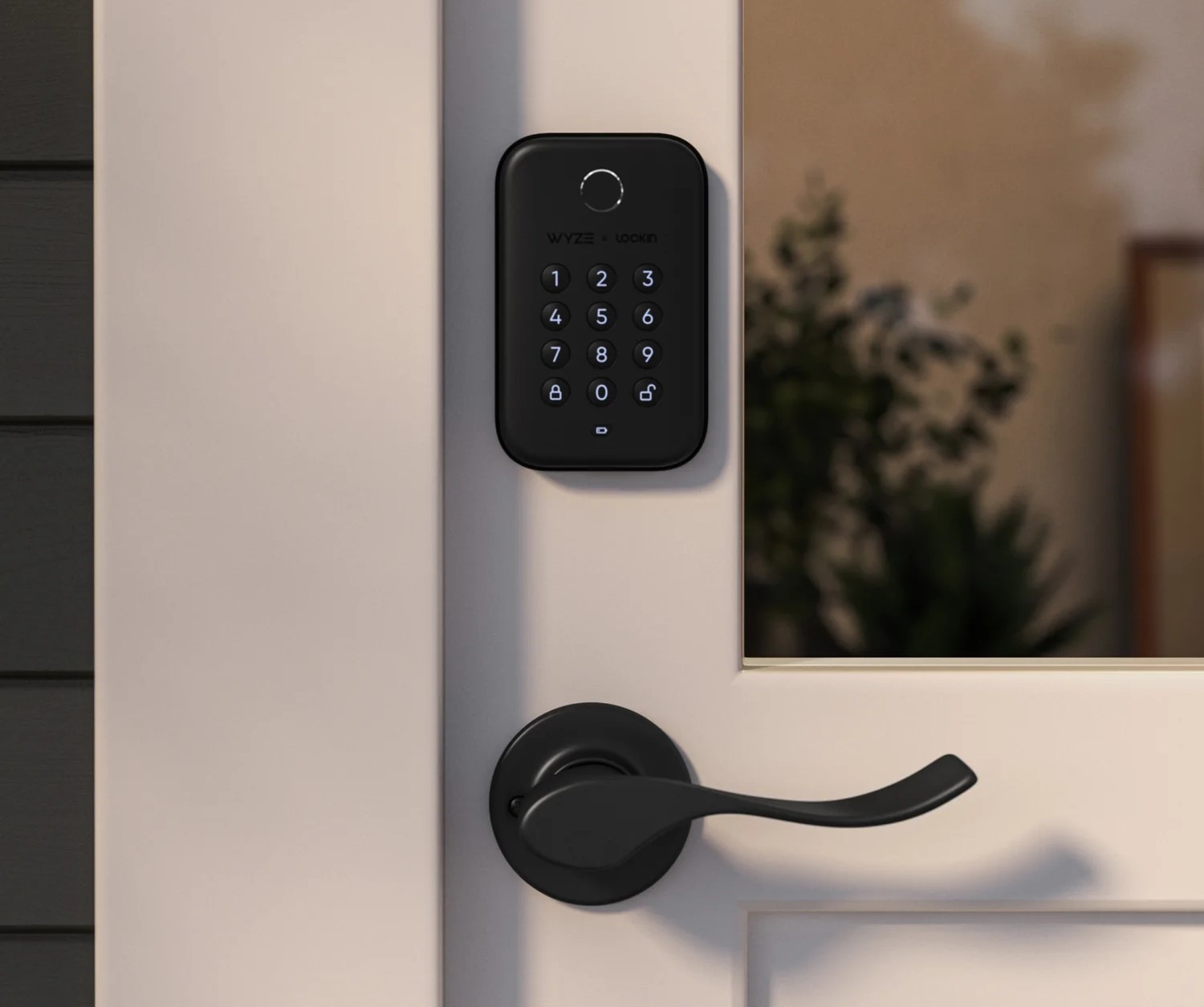
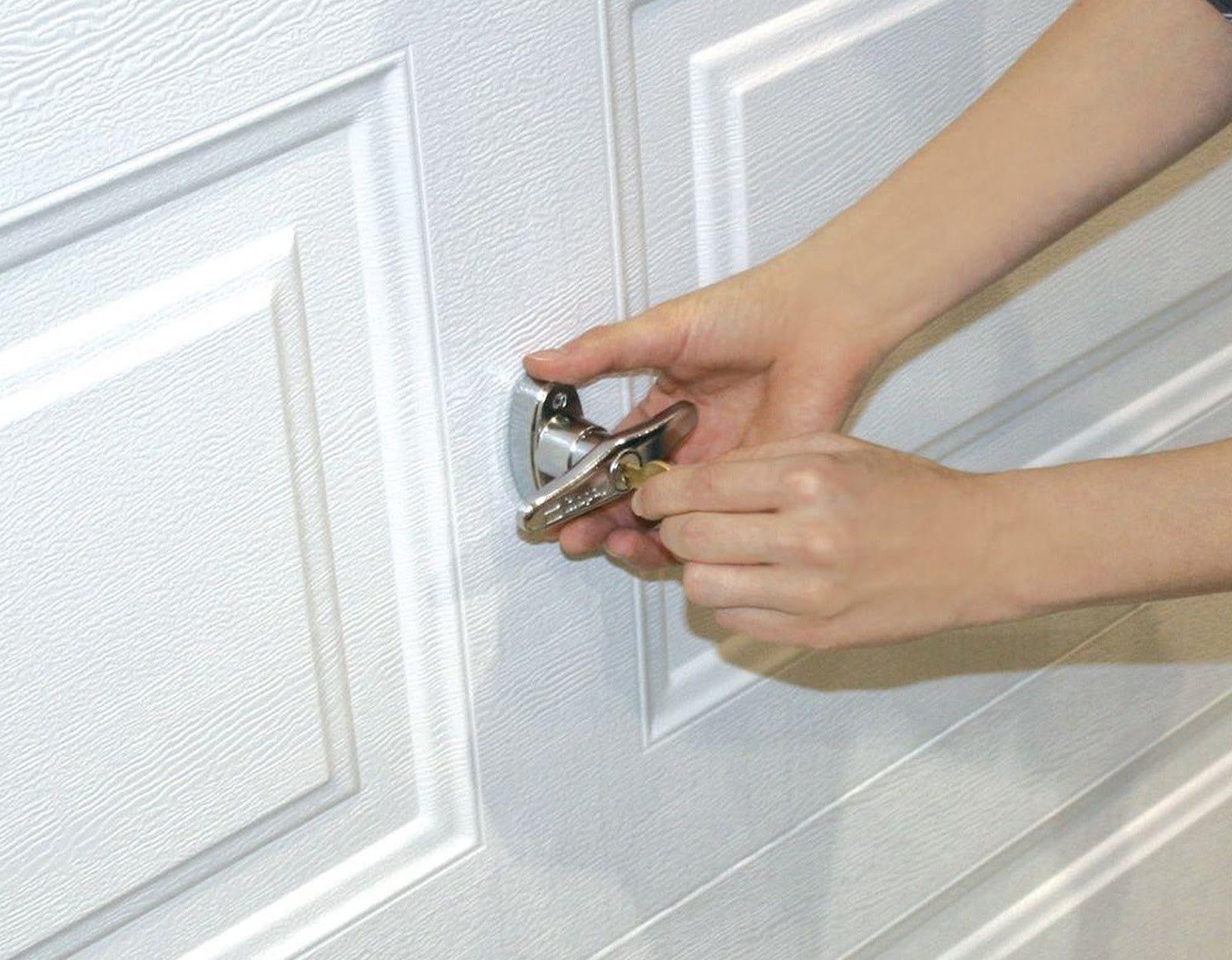
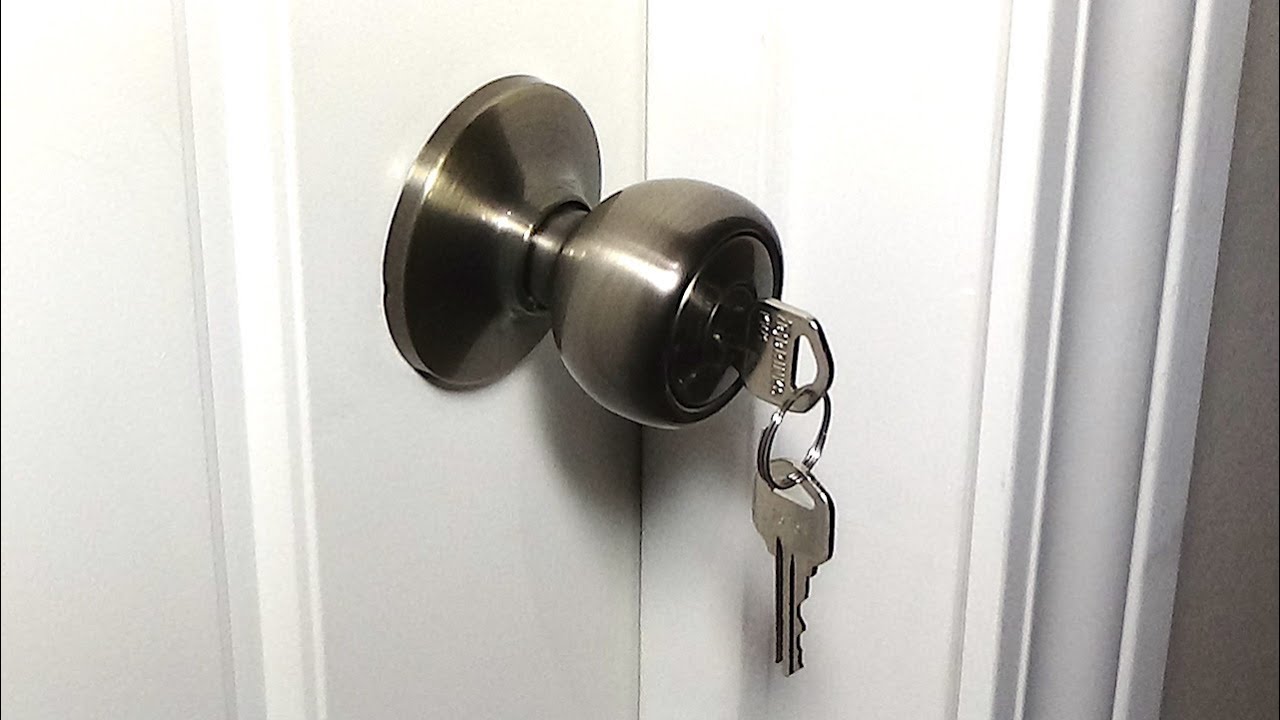
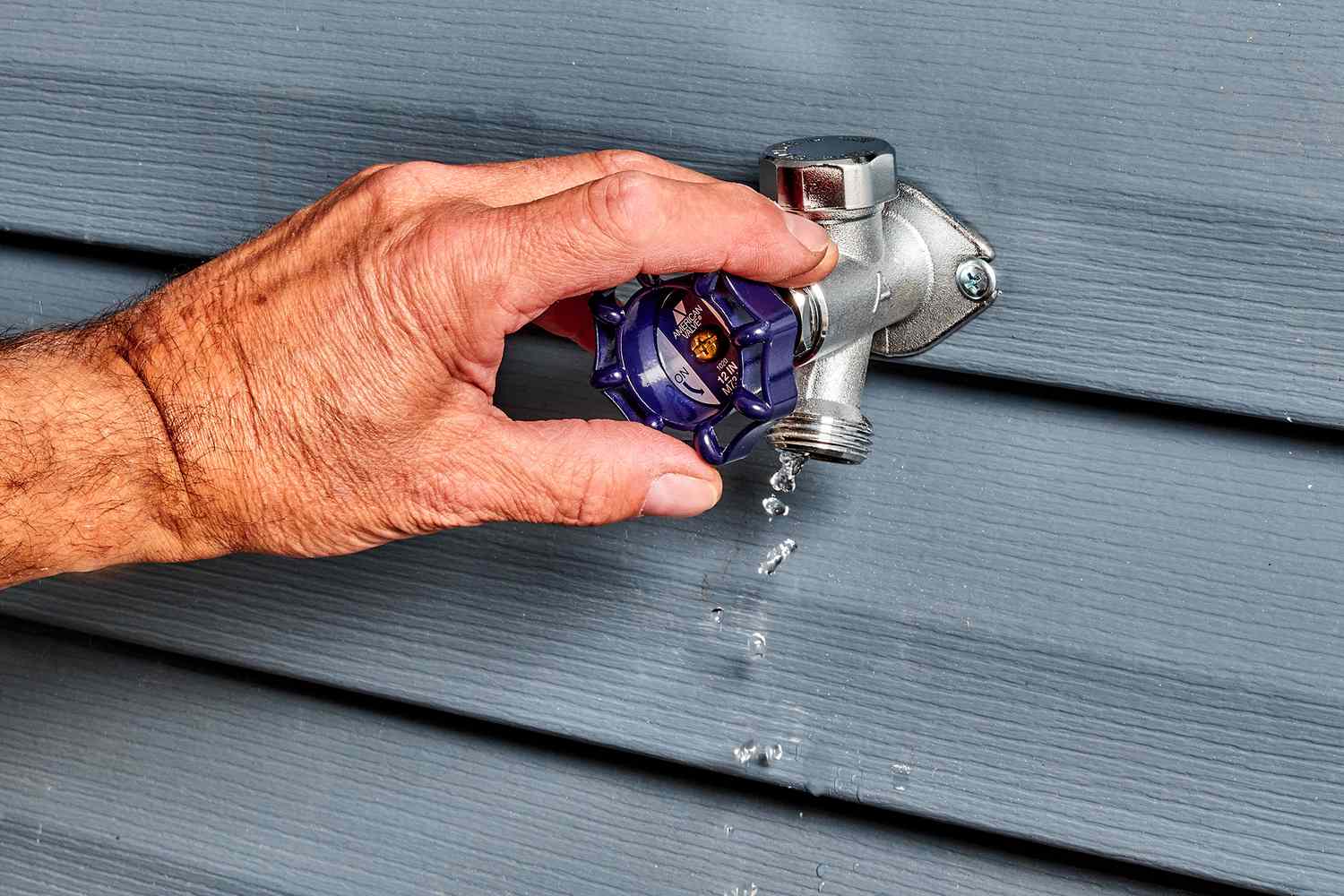
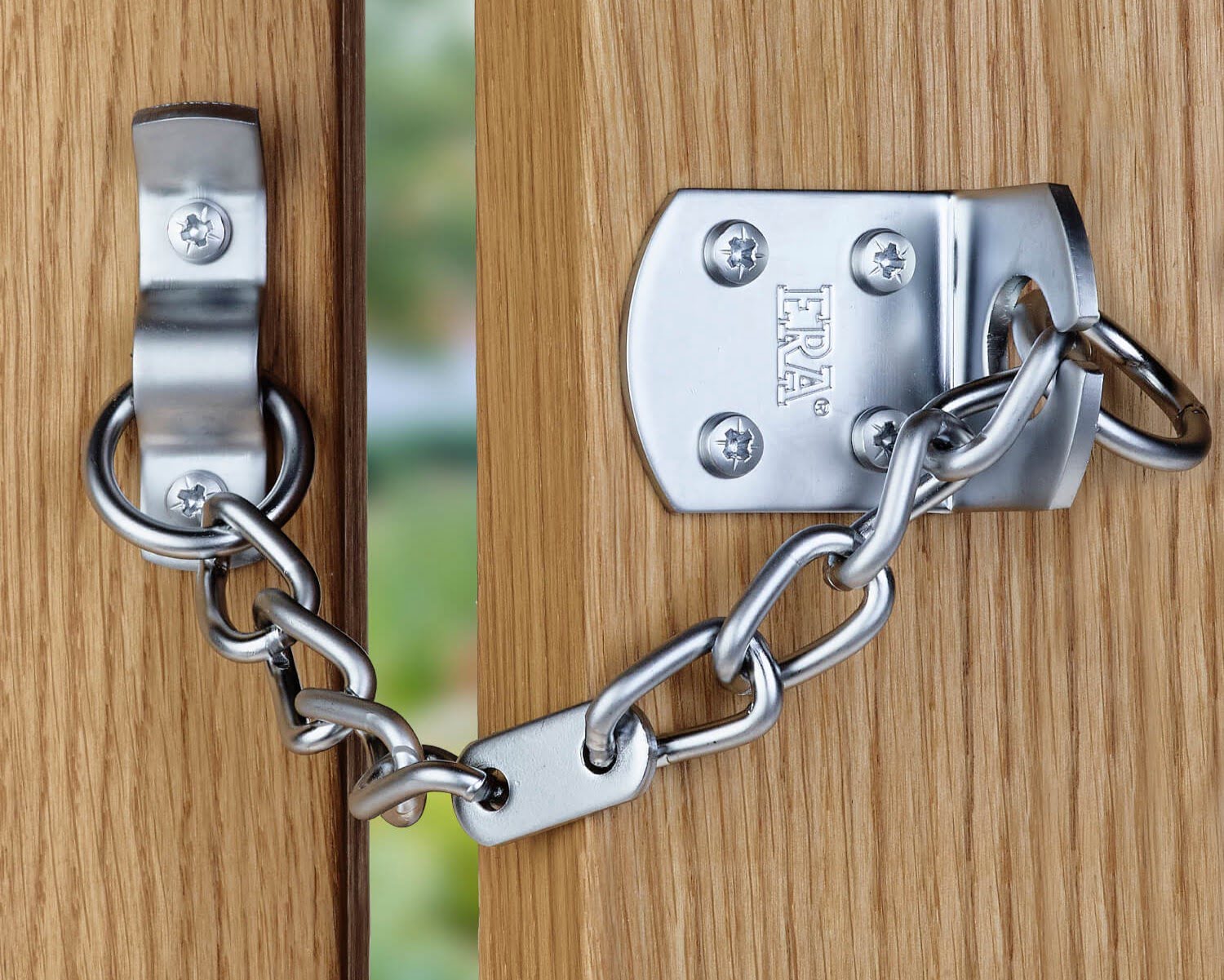

0 thoughts on “How To Lock An Outside Water Faucet”